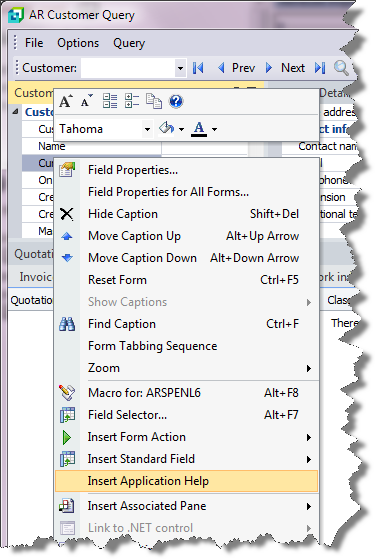You use this program to view details of Goods in Transit references.
| Field | Description |
|---|---|
| Reference | Indicate the Goods in Transit reference number for which you want to display the details. |
The following information is included in this pane:
| Field | Description |
|---|---|
| Reference Header information |
|
| Column | Description |
|---|---|
| Line | This indicates the line number within the GIT reference. |
| Stock code | This indicates the code of the item being transferred. |
| Stock code description | If the transfer originated from a Supply Chain Transfer using the Sales Order Entry program, and the option: Use sales order description is enabled (Inventory Setup) then the stock code description defined against the sales order is displayed in this column. |
| Due date | This indicates the expected delivery date. The due date
is calculated using the original ship date on the order plus
the warehouse lead time defined for the item (Inventory Warehouse Maintenance for Stock Code). The
lead time is the number of days it takes to move the stock
item from the source warehouse to the target
warehouse. For example: You add a SCT order on the 01/03/yy and the Ship date defaults to 01/03/yy. If you only perform the actual transfer on 15/03/yy, then the GIT reference Transaction date is 15/03/yy, but the Due date remains 01/03/yy (plus warehouse lead time if applicable). If you want the Due date updated to reflect the Transaction date, then you need to update the Ship date on the SCT before you create the GIT reference. |
| Quantity outstanding | This indicates the quantity of the item which is currently in transit. |
| Value outstanding | This indicates the value of the item which is currently in transit. |
| Product class | This indicates the product class for the item being transferred. |
| Complete | This indicates whether or not the line is complete. If it is complete, then the goods transferred out were receipted in and the Outstanding value should be zero. |
| Unit of measure | This indicates the unit of measure for the quantities. |
| Original quantity | This indicates the quantity of the item which was originally transferred out of the source warehouse. |
| Original value | This indicates the original value of the item which was transferred out of the source warehouse. |
| Sales order | This indicates the sales order number for which the transfer was raised, where applicable. |
| Document | This indicates the number of the transfer document generated. |
The information displayed in this pane relates to the transaction line currently highlighted in the Detail Lines listview.
| Field | Description |
|---|---|
| Reference Line Details |
|
| Quantities |
|
| Values |
|
Inserting Application Help
You would typically follow this procedure to display help for the current program in a customized pane that can be pinned to the program window.
Information includes step-by-step instructions for the various functions available within the program, including a brief overview of what the program does, what setup options are required and how to personalize the program.
-
Open the program for which you want to insert application help into a customized pane.
This functionality is only available for a program that has panes.
-
Right-click any form field.
You can also click the triangle menu icon that appears in the title area of a pane.
-
Select Insert Application Help from the context-sensitive menu.
The application help appears in a pane within your program. You can reposition the pane using the docking stickers or pin it to the program window.
Removing the Application Help pane
If you no longer want to display application help in a pane for your current program, you can simply remove it.
-
Select the Close icon in the right-hand corner of the application help pane.
-
Confirm that you want to delete the pane.

